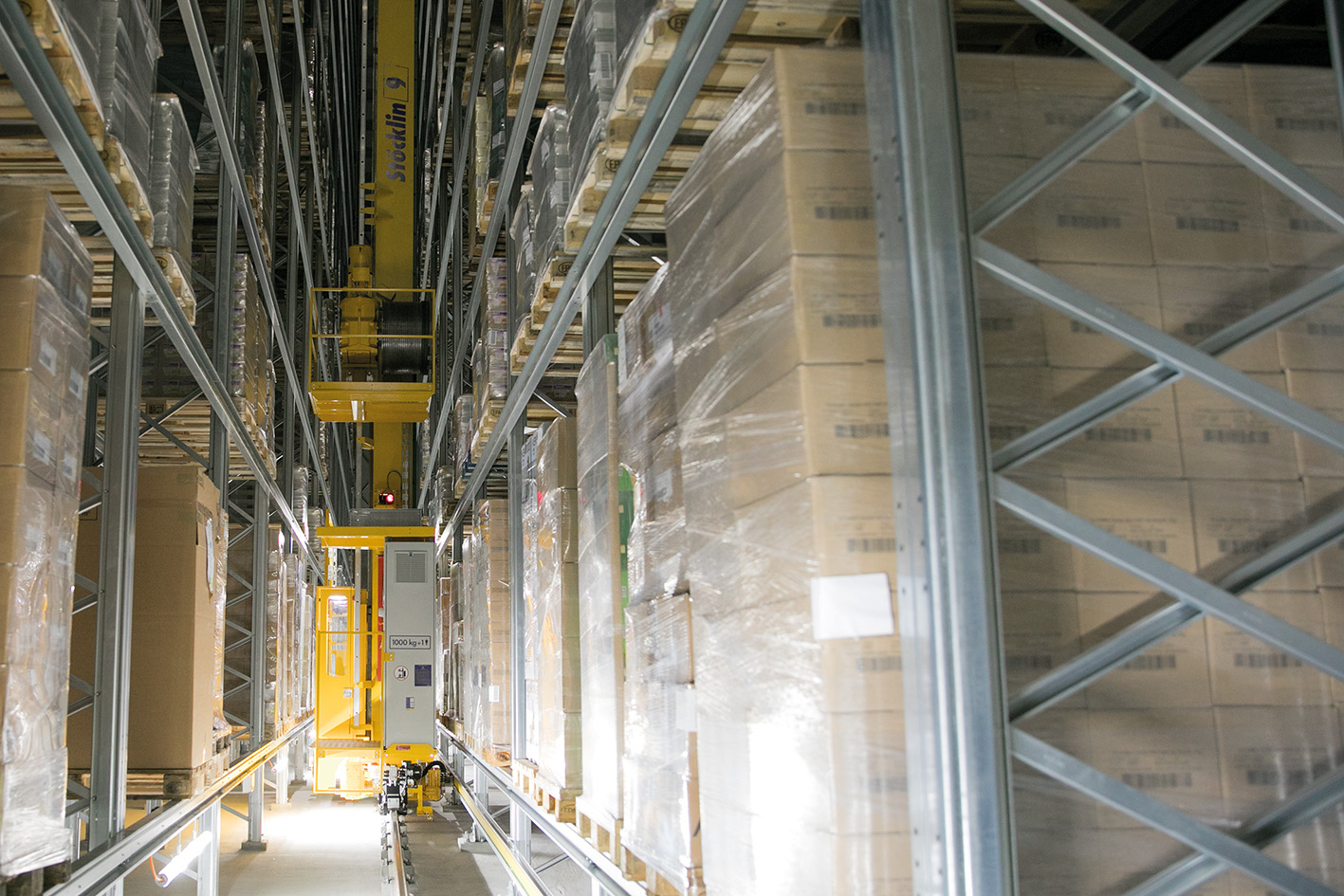
The world of warehousing and distribution has been changed forever by the pandemic and that is especially true in the area of planning for peak seasons. Peak season planning, which entails preparing and executing a strategy to manage the highest volume periods during the year, is vital for every location. An optimal approach will ensure that companies maintain performance levels when there is higher demand and a need for faster throughput.
Warehousing and distribution companies used to address peak planning with a labor intensive approach that added staff when demand was high and let staff go when demand softened. Now, success for peak seasons in the warehouse relies on a proactive process that centers on technology-enabled warehouse operations, the latest fulfillment best practices and analytics-based inventory management to help address the peaks and valleys. However, new issues are raising challenges.
Among the key findings in the Modern Material Handling annual “Warehouse Operations & Trends Survey” are rising budgets for warehouse automation and growing concern about being able to find and retain staff. Both of these trends are amplified during high demand and peak seasons, giving companies even more incentive to plan.
The primary goal warehouse and distribution companies focus on during peak planning is optimizing throughput so the right products are available when demanded. Anything that inhibits this process needs to be addressed.
The first step in planning for peak seasons is starting at the right time. Sales history will inform this decision, but starting early results in more flexibility to adjust to changes in the market. Planning that includes the deployment of automation and other technology that requires testing and/or training should start well ahead of anticipated peak so challenges can be worked through.
Peak planning often includes upgrading warehouse processes and training courses for staff with the goal of improving the facility’s efficiency. A specific focus here is optimizing the picking process by reducing mistakes and improving pick rate. Automation can play a role here, with many warehouses adopting collaborative order-picking robots to augment employees’ skills, helping them reach their goals. Combined with analytics to better understand underlying challenges and opportunities, this can result in much higher overall operating efficiency, resulting in greater performance and profits during peak season.
The next issue to address is the warehouse layout. Most facilities are organized by forecasted volume, racking construction and traffic patterns, with safety added to the mix. These designs significantly impact overall efficiency and changes. Automating part or all of the warehouse, can lead to throughput performance gains by saving employees time during the order picking process. These changes are usually amplified during the peak season, yielding even better returns.
Warehouse equipment is equally important as warehouse layout. Pallet cranes that can drive in economy mode for energy savings then boost mode for high performance during peak hours, for instance, need to be considered. Ergonomically-designed workstations with interface to the management system will also enhance the order fulfillment performance of operators during high seasonal demand periods.
Finally, using technology to enhance the inventory management strategy is critical for success during peak seasons. Analytics play the central role here, helping managers make decisions that ensure stock levels are maintained by giving them total product visibility. Along with advanced analytics, deploying a WMS that can rearrange inventory and optimize driving paths during peak hours is critical.
Peak season planning isn’t easy. It requires managers to identify key priorities and then create a road map to guide decision making prior to and during the periods of heaviest demand. But by pairing cost-effective automation technology with the latest forecasting analytics, warehousing and distribution companies can focus on efficiency, performance and optimization throughout the facility to reach peak season success.

Recent Comments